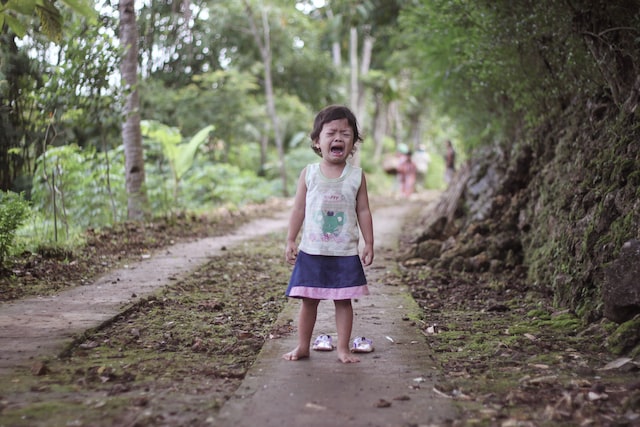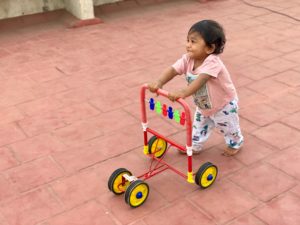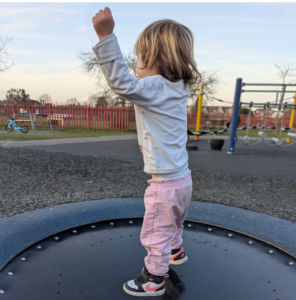Children’s emotions: don’t shut them down
How many times have we found ourselves trying to console a crying child? Whether it’s a fall, a broken toy, denied sweets, or any other reason that leads to tears, children’s emotions often explode with great intensity, leaving us wondering how to react. Immediately, our instinct makes us intervene to make them feel better as soon as possible. While it makes sense to console them when they struggle, we should reflect on our interaction, our real motivations and the language we use. To rephrase it, consoling is one thing, trying, even unconsciously, to repress their emotions is quite another thing.
Common expressions and their meaning
Words are tools that we sometimes use without being completely aware of their power. Many phrases we use, in fact, come out of our mouths without us realizing, out of habit or because learnt when growing up. In particular, this happens often with children, whose interaction is driven by a heavy dose of emotion and influenced by the type of communication our important adults used with us when we were children. As I have noted in other articles, the Montessori parental approach requires a strong dose of humility, self-criticism and the ability to reflect on ourselves, including the words we use when communicating with children. Moreover, we must remember that in the first six years children absorb the world around them without a filter, and the words we use become part of their being.
You are ok, nothing happened
One of the most common approaches adults use, especially when a child is physically hurt, is to tell them that nothing serious has happened and they have no reason to cry. Even if the intent of calming them down is positive, we are actually passing a negative message. In reality, “It’s nothing” means “you are crying for no reason”, which cannot feel good for someone who feels hurt. In the same way, if we were going through a breakup and a friend told us we had no reason to cry, we would feel diminished and probably annoyed with that person. Even when the reason for their crying sound silly to us, it is evidently sufficient for them. Therefore, they have the right to let go of what they feel.
Stop crying
The real question is, why do we feel the urge of taming children’s emotions and shut them down as quickly as possible? In reality, expressions like “Stop crying” hide a feeling of discomfort in front of intense children’s emotions. This instinctive reaction is often driven by our inner child whose significant adults have shut down with embarrassment and anger. Somewhen down the line, we learnt that expressing our emotions is wrong. Likewise, now that it’s our turn, we repeat the same behaviour because it’s the only one we’ve learned.
In summary, if we want to raise a generation of adults who aren’t ashamed to be seen as vulnerable, we need to stop telling children not to cry and let them express themselves however they need to.

Calm down
I used to have a bad habit of telling my partner “Calm down” when he got upset for some reason, however, I quickly stopped when I realized how much it pissed him off. If there is a phrase that does not help to calm down, it is this exact one, probably because it is an attempt to control the emotions that another person is experiencing. As a matter of fact, most people don’t like being controlled, much less being told how they should feel.
What to say instead
Before you begin to speak, remember the emotions a child experiences are theirs exclusively and not yours. In the same way, the crisis is theirs, not yours. Take a deep breath and, if you can, try not to get hit by the erupting volcano in front of you.
I believe that with adults and children, empathy is one of the most effective approaches. In the particular case of children, I first begin by describing what happened. “You fell down”. Then I help them label their emotion. “Your knee is hurting / you got scared”. You may even use this approach with a newborn: “You don’t want to change the diaper and now you’re angry.”
Basically, with this approach you aim at focussing the attention on the trigger and showing that the adult is empathizing with them: “I understand”. Finally, it allows us to name the emotions. laying the foundations for healthy emotional competence.
What comes next
Finally, we must remember that our duty is not to fix every problem a child might face. On the other hand, we can offer our presence, listen to them, console them and guide them as they learn to deal healthily with their emotions. After all, emotions are neither positive nor negative, they are just unavoidable. Our reaction, on the other hand, is under our control. We all get angry, but not all of us would react by throwing a punch or screaming. We all cry, but then we learn to get ourselves together and back on our feet. In conclusion, with some attention to the language we use, we can guide children as they navigate their emotions and learn how to deal positively with every situation.
Recommended readings
Rossi, R. Montessori per i genitori (capitolo dedicato alle “Tempeste emotive”)
Dowling, M. Young Children’s Personal, Social and Emotional Development







